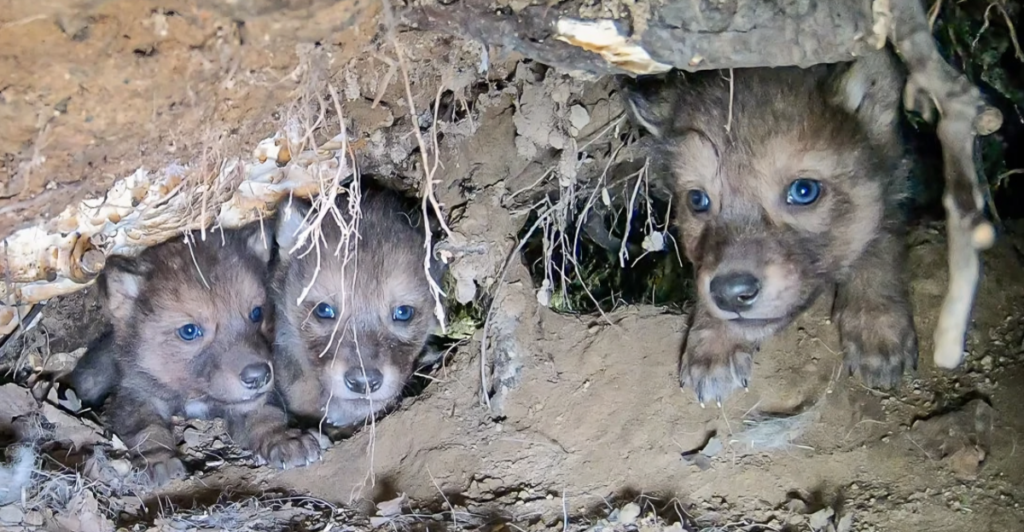
The U.S. House recently passed a Bill to remove gray wolf protections as set out in the Endangered Species Act. If this becomes law, it could end wolf recovery efforts in the country, regardless of what science indicates or what the U.S. Fish and Wildlife Service (USFWS) determines about the population. Let’s take a look at how this bill could remove gray wolf protections and what this means for their populations.
Gray Wolves and Their Importance
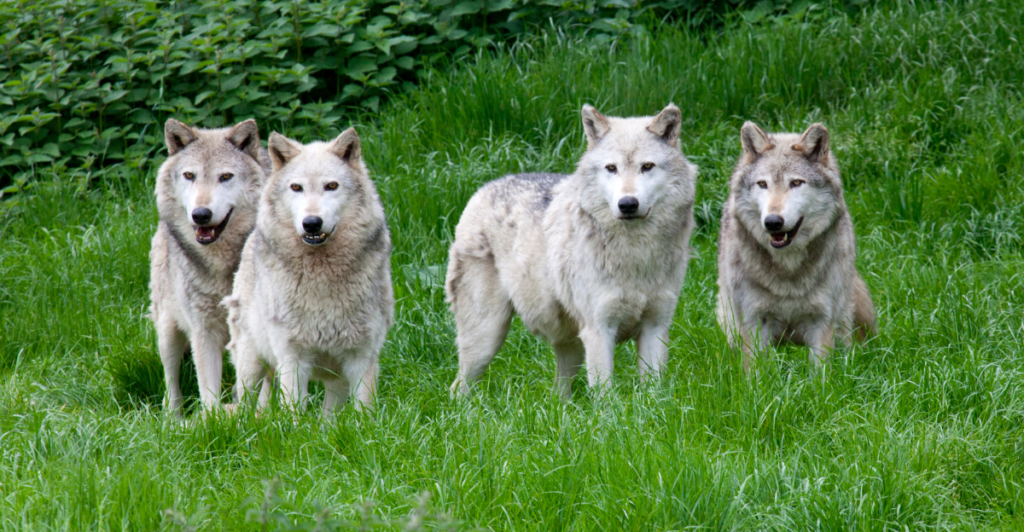
Gray wolves are a vital part of North American ecosystems, helping to regulate prey populations and maintain balance within their habitats. Since their near extinction in many areas of the United States due to overhunting and habitat loss over 50 years ago, the Endangered Species Act (ESA) has protected gray wolves. Now, this new legislation threatens to strip away these protections, potentially jeopardizing the recovery of this iconic species.
The Endangered Species Act
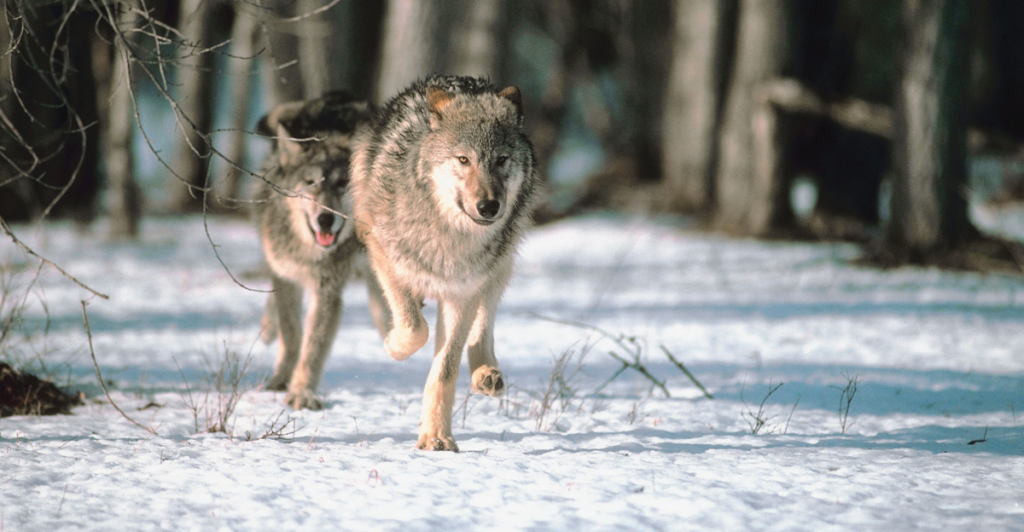
The Endangered Species Act of 1973 has proven itself to be one of the most successful conservation tools in U.S. history. The law essentially requires the protection of species at risk of extinction and has proven to prevent continued loss of biodiversity across the nation. As a result, gray wolves, once hunted to near extinction, have made a remarkable recovery thanks to the Act’s protective measures.
The Proposed Legislation and Its Implications
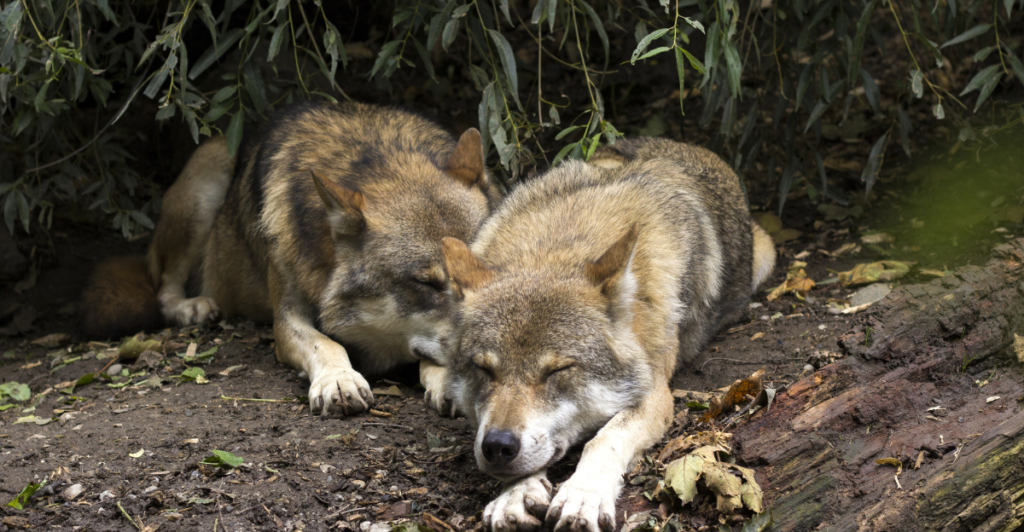
The new Bill, introduced by Rep. Bruce Westerman, proposes amendments to key provisions of the ESA, including changes to the process for listing species as endangered and expediting the delisting process for those already protected. These changes could undermine the legal protections for gray wolves, making it easier for states to remove safeguards, potentially leading to the species’ decline once again. As an apex predator, this decline in the gray wolf populations will have negative effects throughout the ecosystem in which they live.
Threats to Gray Wolf Populations

Gray wolf populations remain fragile in some regions, particularly where they commonly interact with humans. Without federal protection, states may pursue aggressive policies to control wolf numbers, such as mass hunts that further decrease populations when wolves pose a danger to humans and livestock, undermining decades of conservation efforts. Further, in areas such as the Northern Rockies and the Great Lakes, where wolf populations are still recovering, the removal of protections could be devastating for the species.
The Role of States in Species Management

One of the key changes proposed in the Bill is the shifting of species management responsibilities from federal agencies to state governments. While states have always played a role in wildlife management, many don’t have the resources, motivation or commitment to safeguard endangered species effectively. This could result in varied protection of gray wolves, leaving them vulnerable to local politics and inconsistent policies.
The Science Behind the Protections
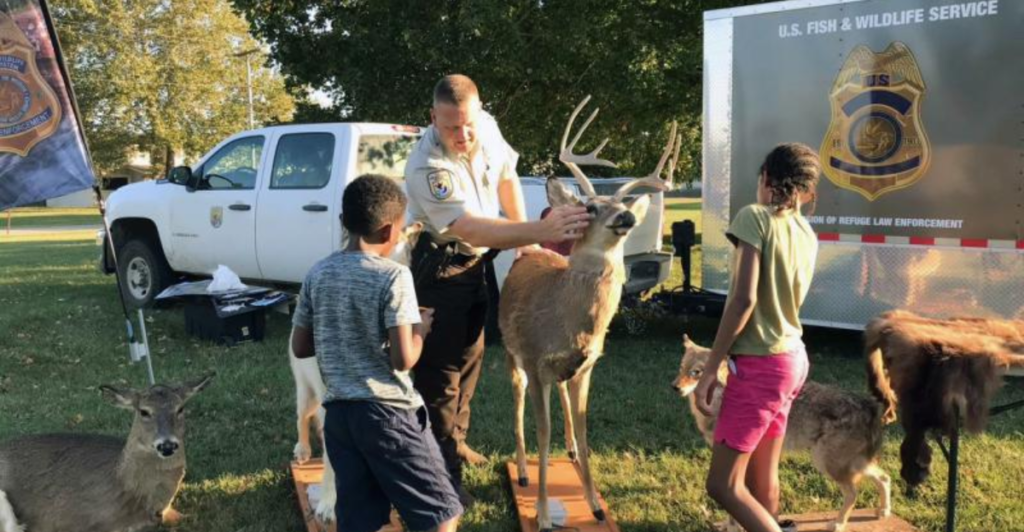
Scientific evidence plays a crucial role in the Act’s ability to protect species. Federal agencies, such as the U.S. Fish and Wildlife Service, use scientific practices and research to determine which species are at risk and how to manage their recovery. The proposed Bill could compromise this science-based approach, replacing it with a more politically motivated approach to decision-making. For gray wolves, this means potentially reaching a state of near extinction once again.
Public Opinion and Political Pressure

However, despite the proposed changes to the ESA, public support for wildlife protection remains high. Polls consistently show that the majority of Americans support the ESA and believe in the importance of protecting endangered species. Thus the Bill has been seen to reflect the priorities of a few political leaders who favor economic interests or local control over the well-being of wildlife, undermining the long-term survival of gray wolves.
The Broader Impact on Ecosystems
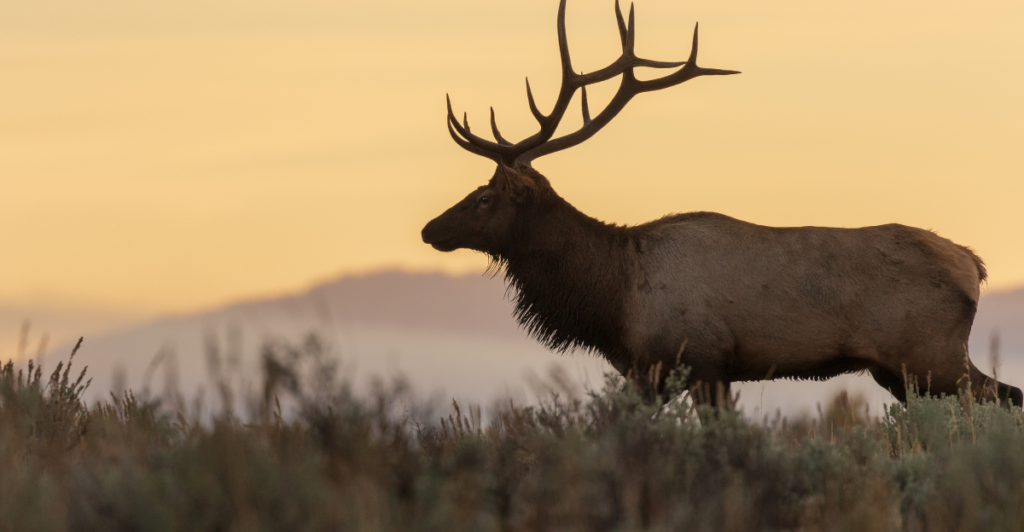
If gray wolves aren’t protected, the threat doesn’t only fall on the wolf population but on the ecosystems that depend on their presence. Wolves are apex predators that help regulate herbivore populations, ensuring healthy plant communities and the overall balance of their habitats. By removing them from these ecosystems, overgrazing, vegetation degradation, and a loss of biodiversity will result in many regions across Northern America.
Legal and Advocacy Responses
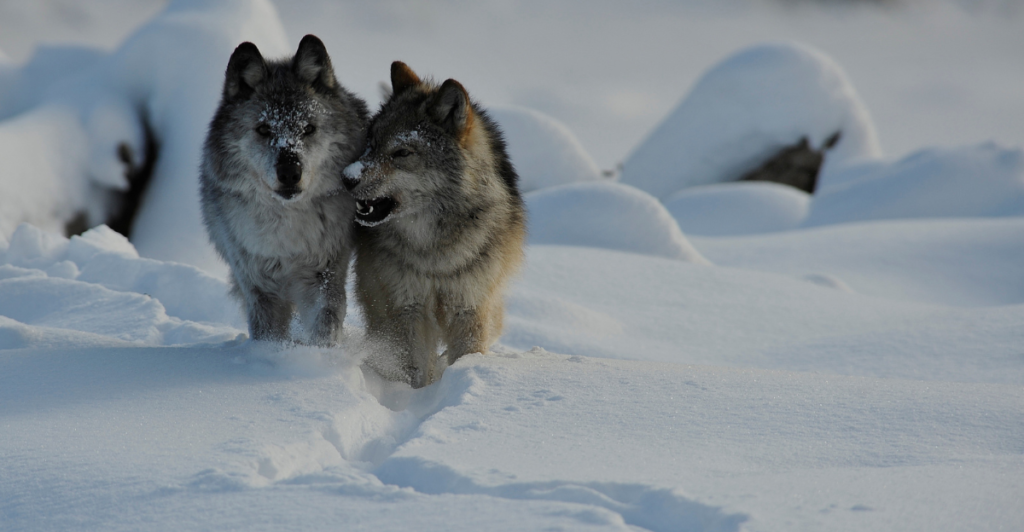
In response to the proposed Bill, numerous conservation organizations, including Defenders of Wildlife, have voiced strong opposition, arguing that weakening the ESA would be a dangerous step backward for wildlife conservation and could lead to the extinction of species, not just gray wolves. As such, efforts to ensure that the Bill doesn’t pass, or is at least amended to preserve some protections, will fall on potential legal challenges and public advocacy campaigns.
Historical Protection Removals and the Consequences

Delisting the gray wolves could reverse decades of progress, leading to population declines reminiscent of past extinctions. This is evident in states such as Idaho and Montana, where wolves have been delisted before and which revealed troubling trends. In these states, aggressive hunting policies led to significant population declines; for example, Idaho populations dropped from over 1,500 wolves to less than 1,000 within a few years. This serves as a cautionary tale about the potential consequences of this proposed Bill.
A Differing Viewpoint

Supporters of state-regulated wolf management advocate for local control because they believe that wolf populations have sufficiently recovered and are no longer in danger of extinction. Additionally, many argue that large populations of wolves pose a threat to livestock and the overall economy. However, this perspective doesn’t take the ecological role wolves play as apex predators into account, undermining scientific consensus in favor of prioritizing short-term agricultural interests over long-term ecological stability.
Fighting for Gray Wolves
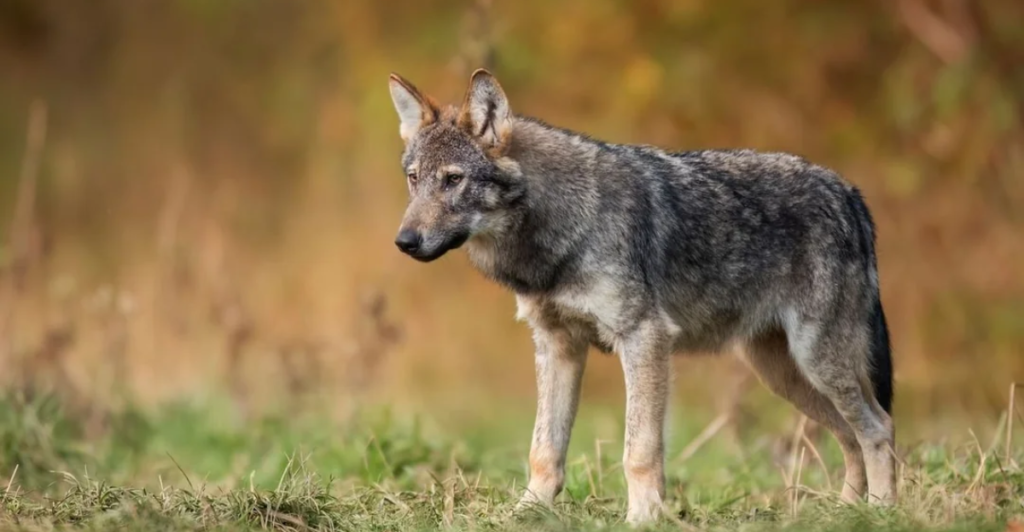
The proposed Bill poses a significant threat to gray wolves and other endangered species. However, the fight to protect them appears to be far from over, with advocacy groups, scientists, and concerned citizens pushing back against legislative efforts that prioritize politics over science. By defending the protections afforded by the Endangered Species Act, we can ensure that whole ecosystems across Northern America continue to thrive.
Explore more of our trending stories and hit Follow to keep them coming to your feed!

Don’t miss out on more stories like this! Hit the Follow button at the top of this article to stay updated with the latest news. Share your thoughts in the comments—we’d love to hear from you!







